Dvir / Paris
Gallery Hours
Tuesday – Thursday: 11:00 – 19:00
Friday – Saturday: 12:00 – 19:00
Fenêtre du studio, 2023, exhibition view, Dvir Gallery / Paris. Photo credit: Axel Fried

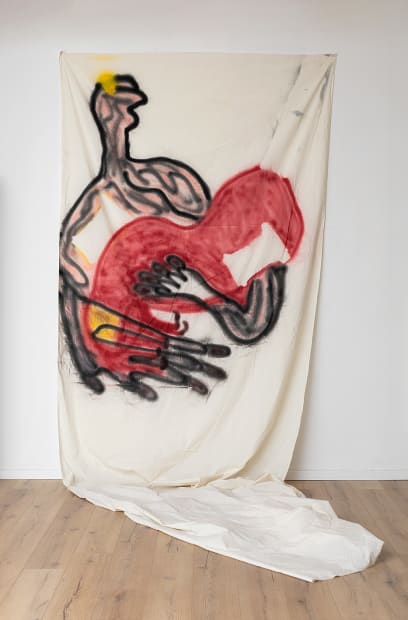







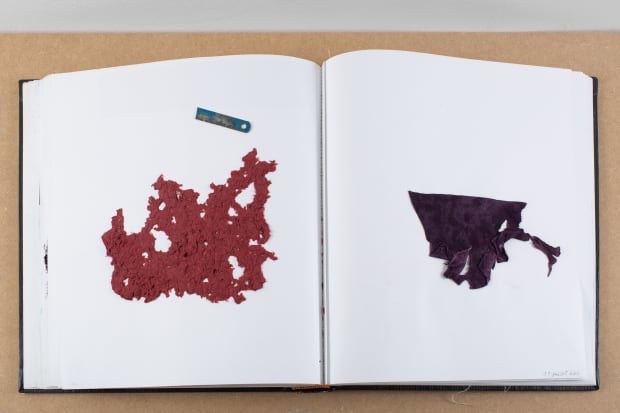
Carnet-Collages is an ongoing series of works that Berenhaut has been making in parallel to her sculptural practice. They can be considered as sculptures on paper. Over time, this very intuitive and free activity has de-veloped into a kind of ongoing haiku. Like keeping a diary, each page is its own universe going from funny to ridiculous, from sadness to joy.
















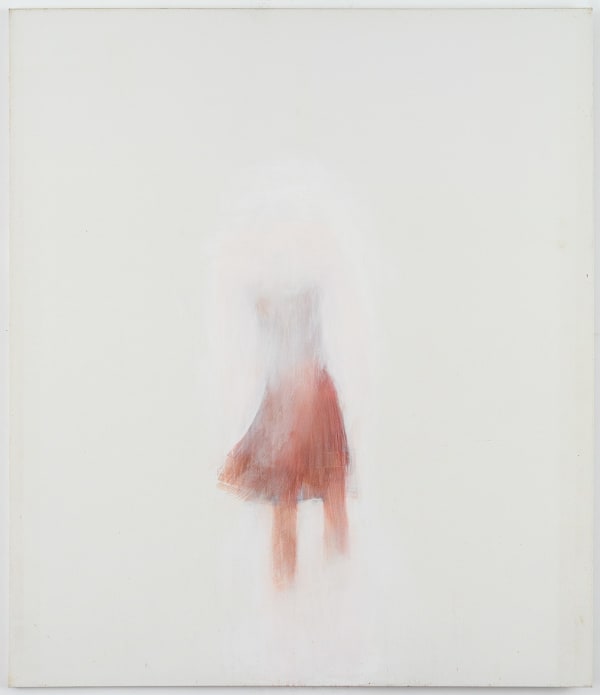



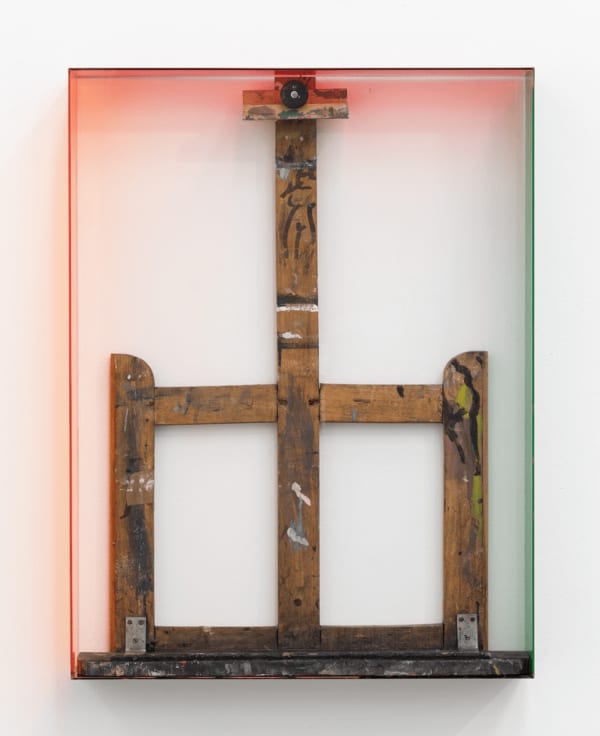











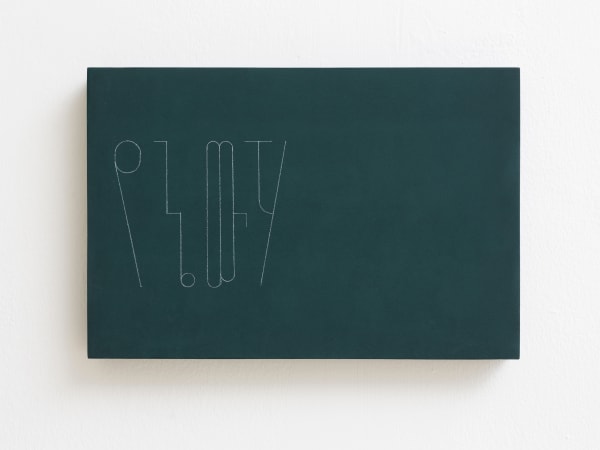




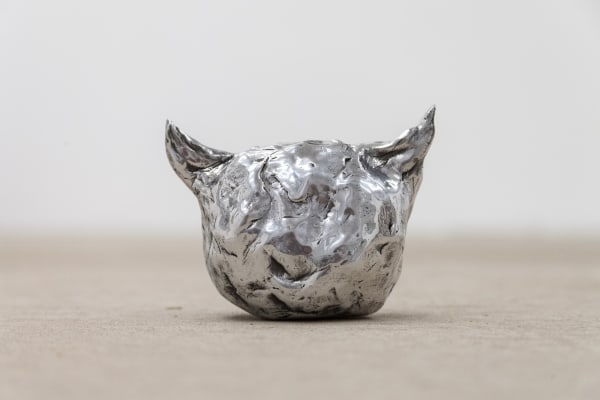







Dvir / Paris
Gallery Hours
Tuesday – Thursday: 11:00 – 19:00
Friday – Saturday: 12:00 – 19:00
Dvir / Tel Aviv
Shoken 27, 3rd floor, entrance code: 02772
Tel Aviv, 6653210, Israel
Gallery Hours
Tuesday – Thursday: 10:00 – 17:00
Friday – Saturday: 11:00 – 14:00
The Red Studio
Shoken 27, 3rd floor, entrance code: 02772
Tel Aviv, 6653210, Israel
Gallery Hours
Saturday: 11:00 – 14:00
And by appointment
Dvir / Brussels
T. +32 486 54 73 87
This website uses cookies
This site uses cookies to help make it more useful to you. Please contact us to find out more about our Cookie Policy.